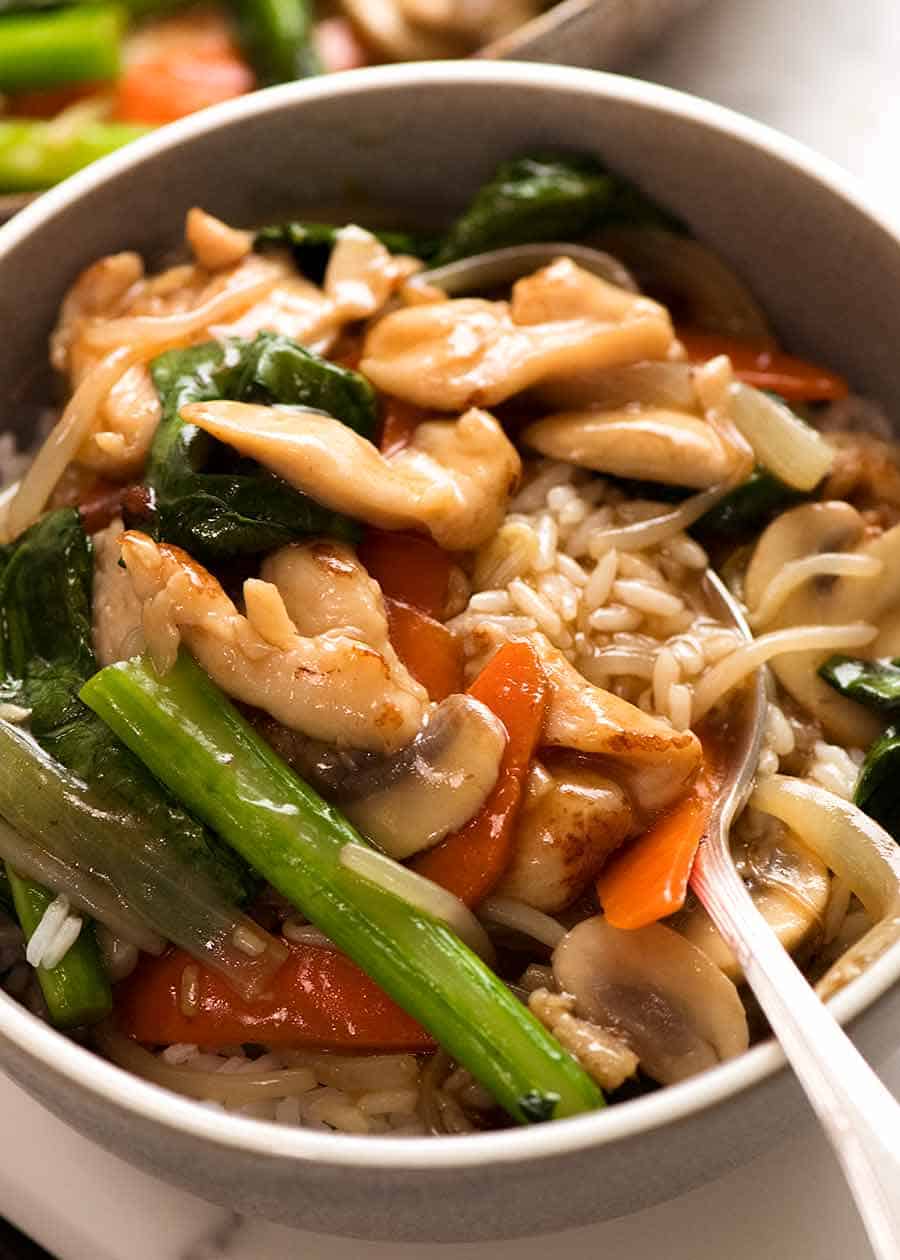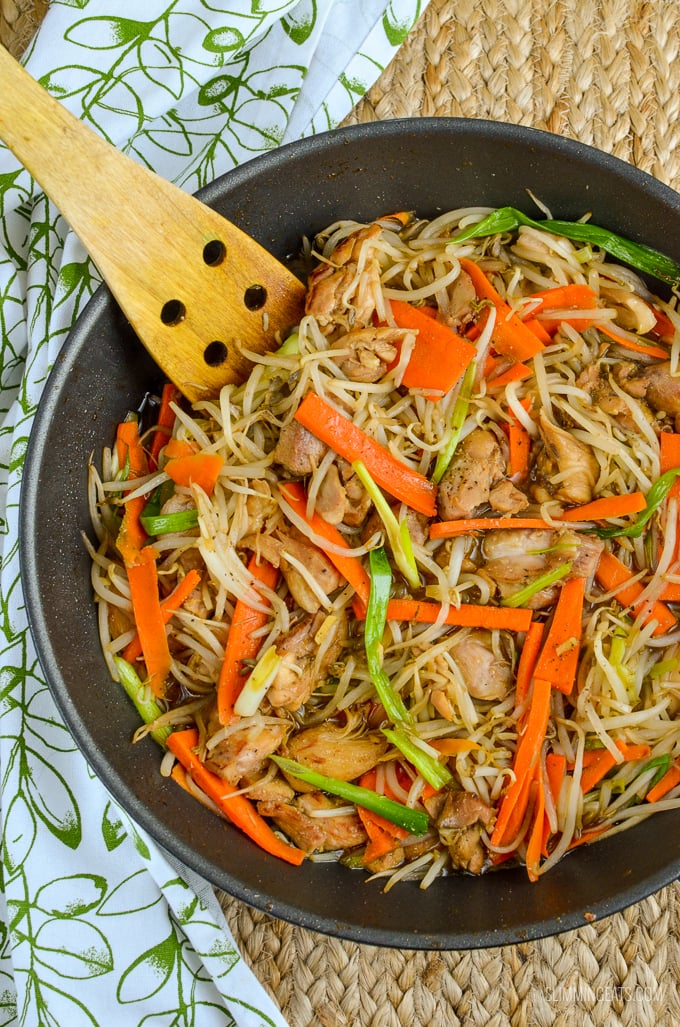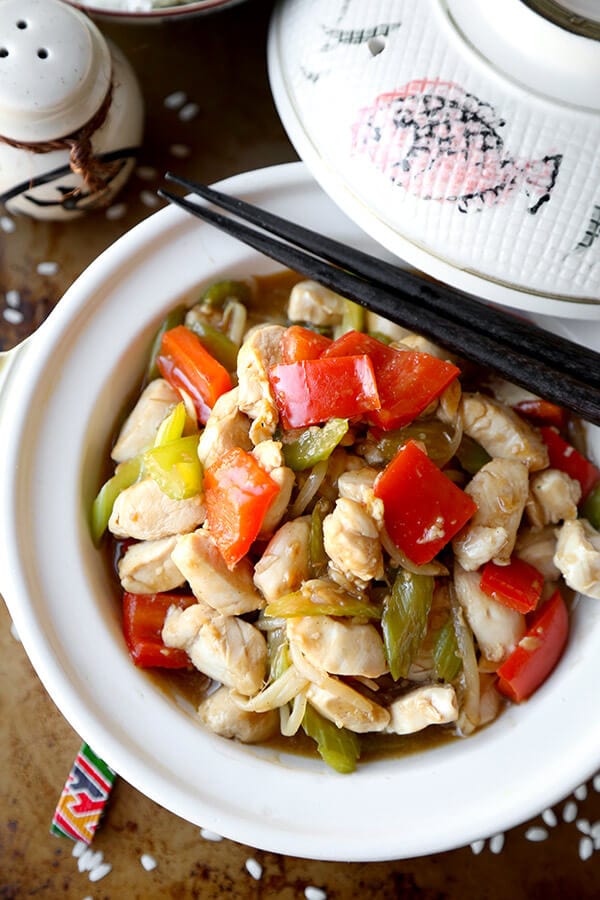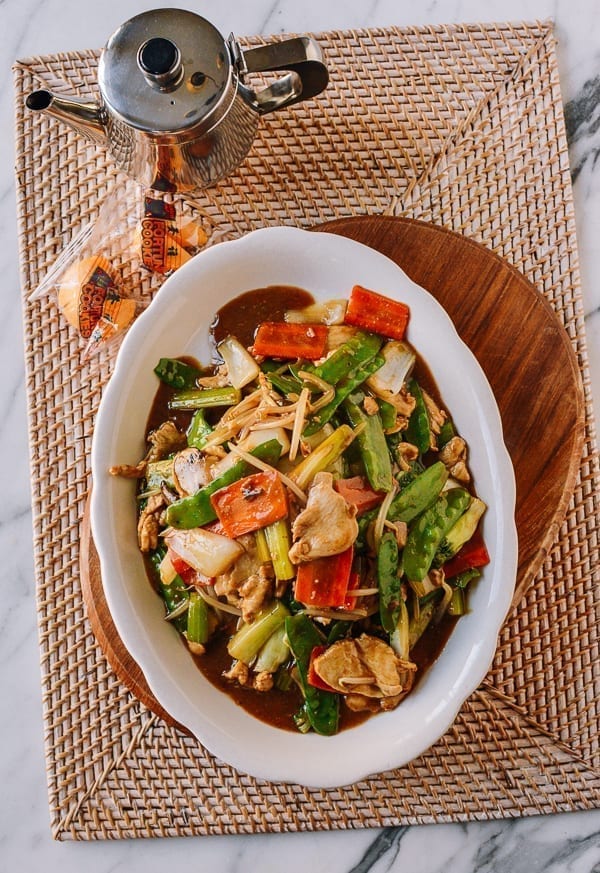

(check out a detailed version of this photo over at Shorpy) An early photograph of the Port Arthur on Mott Street (courtesy Library of Congress) New York Public Library Interior of a Chinatown restaurant, 1905. The Chinese Tuxedo on Doyers Street, 1901.

LISTEN NOW: CHOP SUEY CITY: A HISTORY OF CHINESE FOOD IN NEW YORK PLUS: The love affair between Chinese food and Jewish New Yorkers. Through the next several decades, Chinese food would be transformed into something truly American and the Chinese dining experience would incorporate neon signs, fabulous cocktails and even glamorous floor shows in the 1940s.įEATURING: The Port Arthur Restaurant, the Chinese Tuxedo, Ruby Foo’s Den, Tao, Lucky Cheng’s and that place known as ‘Szechuan Valley’. By the 1920s, chop suey had taken New York by storm, the cuisine perfect for the Jazz Age.

We have one particular dish to thank for the mainstreaming of Chinese food - chop suey. In this episode, Greg explores the history of Chinese food in New York - from the first Mott Street eateries in Manhattan’s Chinatown to the sleek 20th century eateries of Midtown. Chinese food entered the regular diet of the city LONG before the bagel, the hot dog and even pizza. Those who engineered the epic tale of Chinese food were a politically disfranchised, numerically small, and economically exploited group, embodying a classic American story of immigrant entrepreneurship and perseverance.EPISODE 328 New Yorkers eat a LOT of Chinese food and have enjoyed Chinese cuisine – either in a restaurant or as takeout – for well over 130 years.
#CHOP SUEY CHINESE FOOD MAC#
They effectively streamlined certain Chinese dishes, turning them into nationally recognized brand names, including chop suey, the Big Mac of the pre-McDonald's era. The rise of Chinese food was also a result of the ingenuity of Chinese American restaurant workers, who developed the concept of the open kitchen and popularized the practice of home delivery. They chose quick and simple dishes like chop suey over China's haute cuisine, and the affordability of such Chinese food democratized the once-exclusive dining-out experience for underprivileged groups, such as marginalized Anglos, African Americans, and Jews.The mass production of food in Chinese restaurants also extended the role of Chinese Americans as a virtual service labor force and marked the racialized division of the American population into laborers and consumers.

Americans fell in love with Chinese food not because of its gastronomic excellence. Chinese food's transpacific migration and commercial success is both an epic story of global cultural exchange and a history of the socioeconomic, political, and cultural developments that shaped the American appetite for fast food and cheap labor in the nineteenth and twentieth centuries. Chop Suey, USA is the first comprehensive analysis of the forces that made Chinese food ubiquitous in the American gastronomic landscape and turned the country into an empire of consumption. By 1980, it had become the country's most popular ethnic cuisine. American diners began flocking to Chinese restaurants more than a century ago, making Chinese cuisine the first mass-consumed food in the United States.


 0 kommentar(er)
0 kommentar(er)
